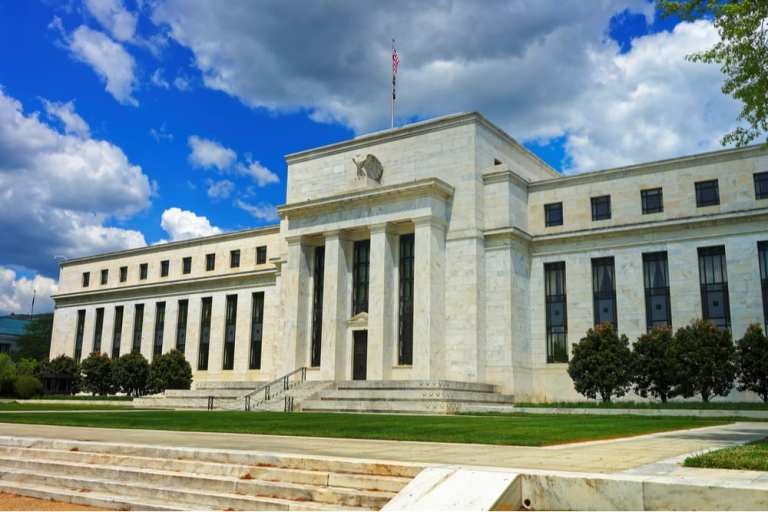Big Bank Stress Test Show Loan Losses Could Hit $560B-$700B

The Federal Reserve Board indicated that financial institutions (FIs) can stay strong even as they weather turbulent economic conditions, as it unveiled the results of its stress tests for this year and further sensitivity analyses conducted in consideration of the pandemic.
Vice Chair Randal K. Quarles said in an announcement, “The banking system has been a source of strength during this crisis, and the results of our sensitivity analyses show that our banks can remain strong in the face of even the harshest shocks.”
The different cases presented in the analysis included a U-shaped recession and recovery, a W-shaped double-dip recession, and a V-shaped recession and recovery. For each of the downside scenarios, the unemployment rate reached a high ranging from 15.6 percent to 19.5 percent. According to the announcement, “the scenarios are not predictions or forecasts of the likely path of the economy or financial markets.”
Loan losses for the 34 banks together were between $560 billion and $700 billion as a whole in the sensitivity analysis, while aggregate capital ratios fell to a range of 9.5 percent to 7.7 percent under the newest downside scenarios from 12 percent in the fourth quarter of last year. The board said in the announcement that “most firms” stay well capitalized in the case of a U-shaped or W-shaped event, but a number of them would get close to their “minimum capital levels.”
The board noted that the sensitivity analysis excludes the possible impacts of stimulus payments from the government in addition to more expansive unemployment insurance. It also unveiled the results of its stress test that was planned prior to the pandemic.
“The results from that test are comparable to the V-shaped downside scenario in the sensitivity analysis, in aggregate, and show that all large banks remain strongly capitalized,” the board said in the announcement.
In separate news, a Federal Reserve Board report found that since the pandemic first hit the country in January, a record $2 trillion has been deposited into U.S. bank accounts.